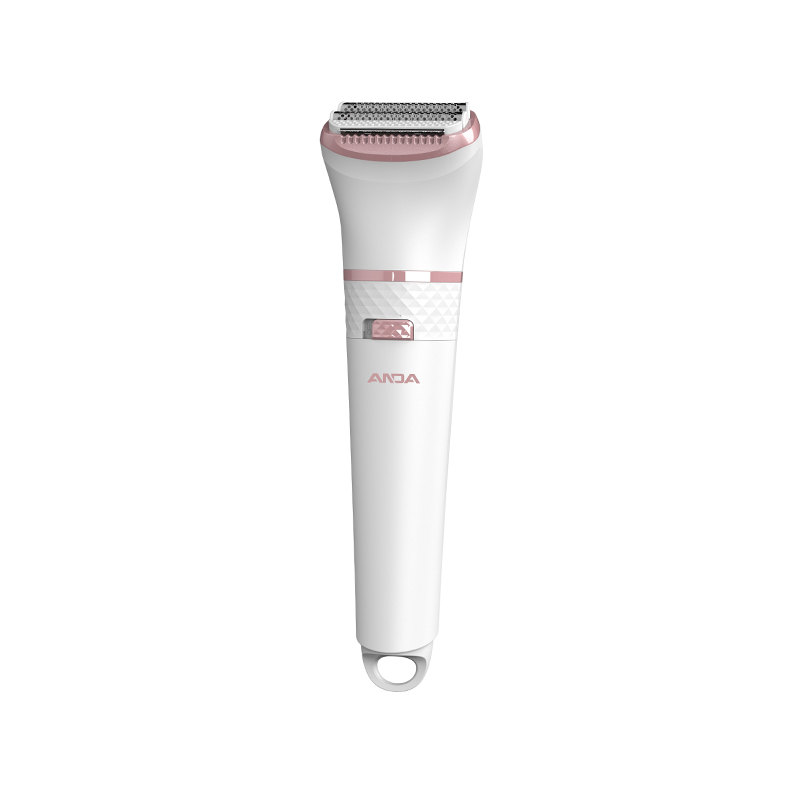 2025.05.16
2025.05.16
 Industry News
Industry News
Understanding Waterproof Ratings in the Women’s Electric Epilator
When it comes to grooming devices, water resistance is more than a convenience—it's often essential for comfort, hygiene, and versatility. Many modern women’s electric epilators are now advertised as “waterproof” or “wet/dry,” but the level of waterproofing can vary significantly. Some are merely splash-proof, while others are fully submersible and designed for use in showers or bathtubs. To gauge real waterproof performance, one must look beyond marketing terms and focus on the IP (Ingress Protection) rating, which indicates how well a device is protected against water and dust.

Benefits of Waterproof Epilators for Daily Use
A waterproof epilator enhances the user experience in several key ways. Using the device during a warm shower or bath helps soften the skin and open pores, which can reduce pain and make hair removal easier and more effective. Water also helps rinse away loose hairs, keeping the process clean and more comfortable. Additionally, waterproof models are easier to clean, allowing users to rinse the device under running water after each use—something not possible with non-waterproof versions.
Dry Use vs. Wet Use: Comfort and Effectiveness
Some women prefer dry use for speed and efficiency, but others find wet epilation far more comfortable. Wet conditions, especially in a steamy bathroom environment, can soften hair and reduce the pulling sensation during removal. Epilators used in dry conditions may cause more irritation for sensitive skin types, whereas water provides a natural cushion that lessens discomfort. That said, not all waterproof epilators perform equally in both settings—some lose motor efficiency when used underwater, so performance ratings should be reviewed carefully before purchase.
Battery and Charging Considerations
One key difference between waterproof and non-waterproof models lies in how they are powered and charged. Fully waterproof epilators are almost always cordless and rely on internal rechargeable batteries. They are designed with sealed charging ports or use magnetic/contactless charging docks to prevent water damage. As a result, waterproof designs tend to be safer in wet environments and eliminate the risk of electrical accidents. It’s important to note that waterproof models should never be plugged in during use, even if they appear sealed.
Limitations and Common Misconceptions
While many women’s electric epilators are labeled “waterproof,” users should be cautious about prolonged immersion. Even devices rated for shower use may not function properly or safely when submerged for long periods. Water pressure, temperature, and even soap or bath oils can degrade seals over time, potentially affecting the internal electronics. To improve longevity, it's recommended to rinse and dry the epilator after each wet use and to avoid leaving it soaking in water unnecessarily.
Conclusion
For users seeking flexibility, comfort, and easy maintenance, a waterproof women’s electric epilator is a worthwhile investment. It allows hair removal to become part of a relaxing shower routine, enhances hygiene through easy cleaning, and provides more options for sensitive skin. However, waterproof doesn't mean indestructible—understanding the device’s limitations and caring for it properly ensures lasting performance and safe use. As waterproof technology continues to improve, more epilators will deliver both convenience and durability for modern lifestyles.